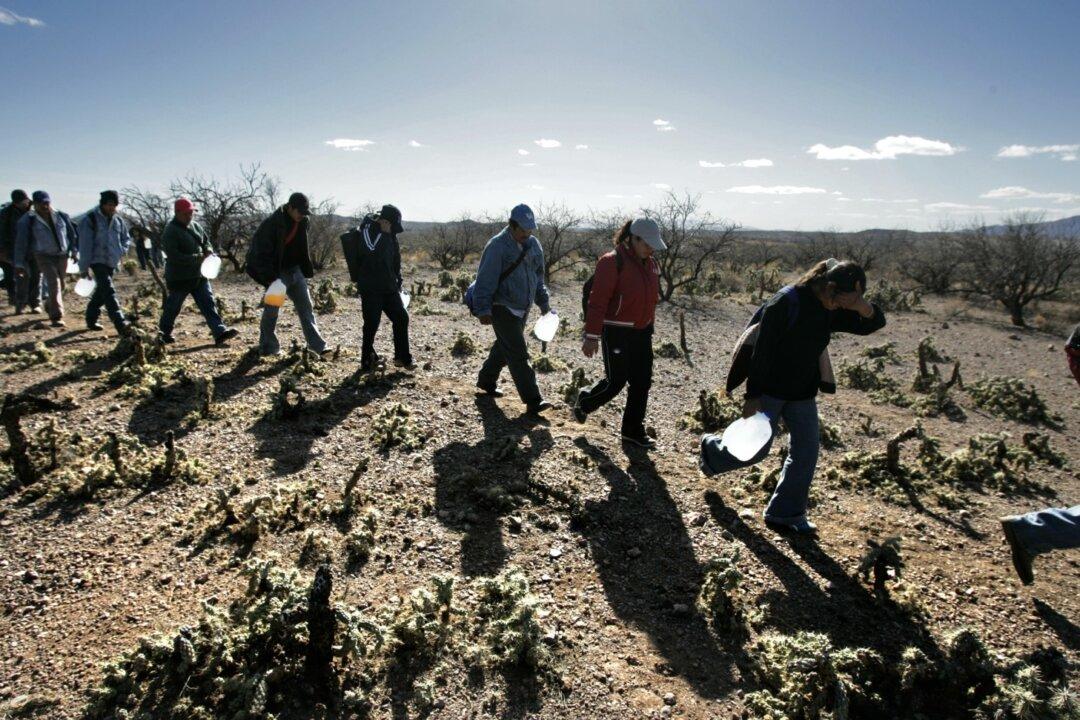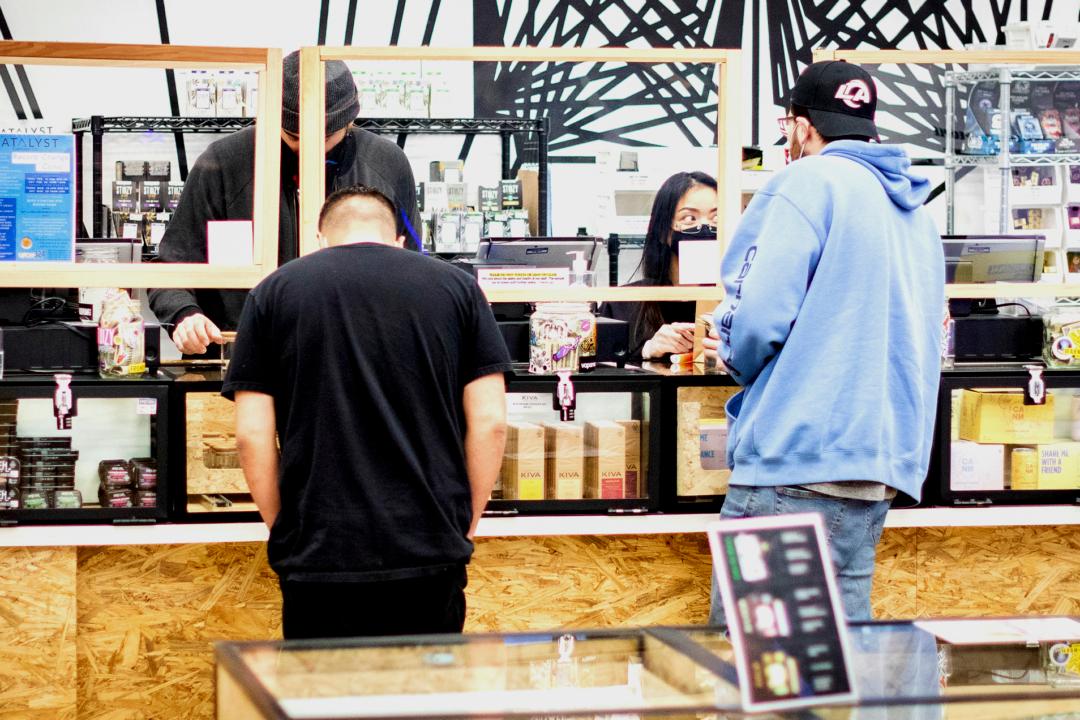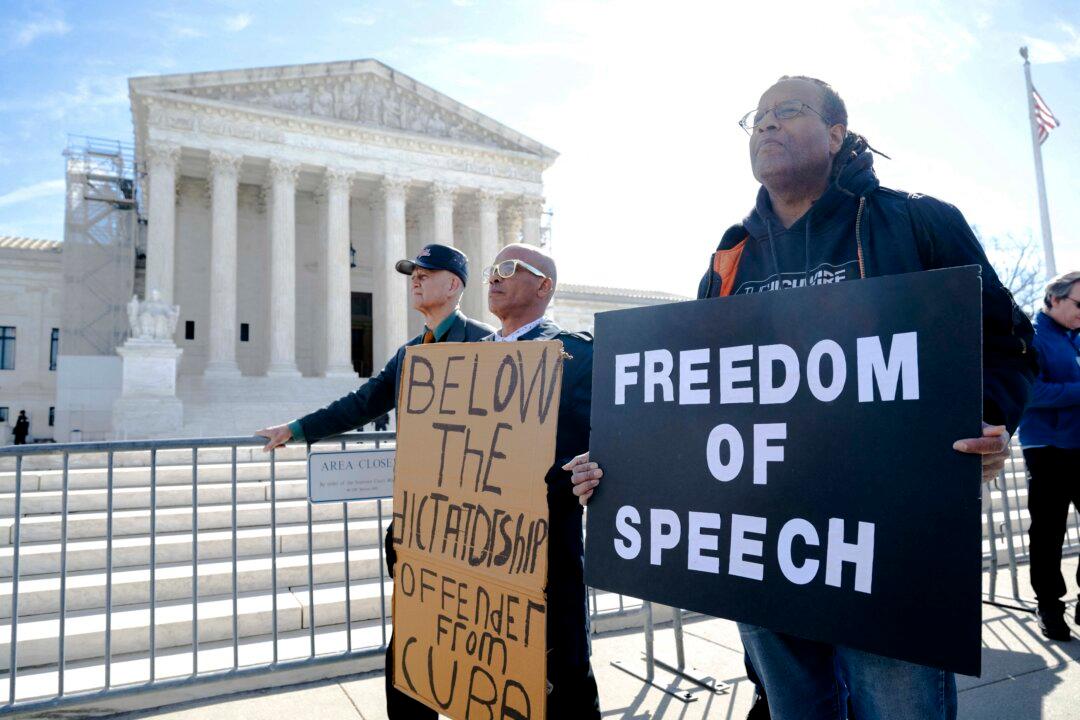When Elijah Muhammad was 12, his parents, who were members of an unnamed cult headquartered in Kansas City, Kansas, received a call from one of the executive representatives of the group, saying that it was “the will of God” that Elijah and his brother begin their “pilgrimage into manhood.”
Katie Spence is a freelance reporter for The Epoch Times who covers energy, climate, and Colorado politics. She has also covered medical industry censorship and government collusion.
Ms. Spence has more than 10 years of experience in media and has worked for outlets including The Motley Fool and The Maverick Observer.
She can be reached at: [email protected]
Author’s Selected Articles





